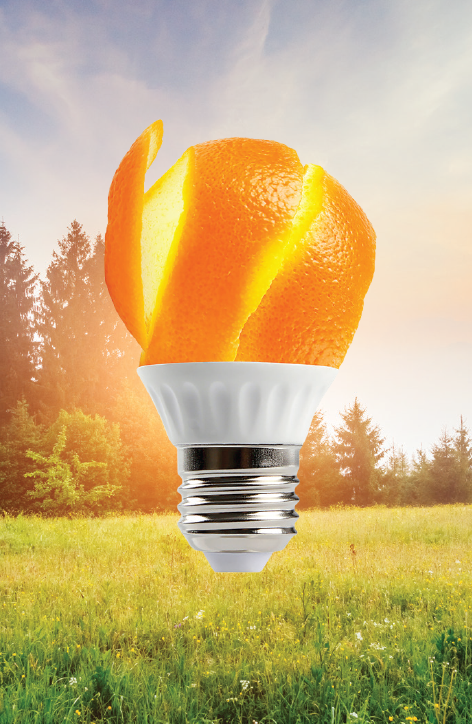You are here
Grind2Energy (Ongoing)
Recent Project Updates
-
5/19/2024Hi Daphne, Have you had any discussion with Housing dining about piloting composting in their catering operations? I believe we could encourage them to lead a pilot for that. Thanks,Morgan ================== Hi Morgan...
-
11/10/2023Members from the ISC, ZeroWaste Interns, as well as Daphne Hulse and Codie Sterner attended a tour of the Illinois Street Residence Halls and their Grind2Energy system today.
Project Family
-
Reduce Foodwaste
- Compost at Illini Union
- Compost at National Soybean Research Center (NSRC) [ARCHIVED]
- Environment-Enhancing Energy Paradigm for Food Waste to Biofuel and Biomaterial [ARCHIVED]
- Enviropures [ARCHIVED]
- Feasibility Research on Food Waste Biodigesters
- Food Donation
- Food Literacy Project
- Grind2Energy
- Large-Scale Food Waste Composting
- Project4less
- Vermicompost
Associated Collections
Description
Project Video(s)
Tons of pre- and post-consumer food scraps diverted via Grind2Energy
Project Team
-
Primary Contact:
Thurman EtchisonProject Leader:
University Housing
Dates
-
Started July 15, 2019Started by University Housing
Themes
-
Primary Theme:
Other Themes:
Project Location(s)
This map is interactive! Click (or touch) and drag to pan; scroll (or pinch) to zoom.

